When I got the call to shoot Tom Holland’s Twisted Tales on February 26th, 2012, I was both super excited and very disappointed by the timing of it all. My cinematographer buddy, Will Barratt, was unavailable for the series at the last minute and he recommended that the producer, Dennis DeFrehn contact me.
The prospect of working with a horror legend was thrilling. Growing up, “Child’s Play” was one of my favorite movies and sharing a set with Tom was a top priority. Unfortunately, this opportunity knocked near the end of my tenure shooting web content for Maker Studios full-time. Scheduling freelance work outside of Maker had become quite challenging due to the fact that we were suddenly “on-call” 7-days a week.
Doctors don’t even have that kind of demand on their calendars!
With those constraints, I told Dennis that I could shoot 2 or 3 episodes max. I didn’t have enough vacation days to do more than that and calling in sick wasn’t viable! I met Tom at his house above Studio City a few days later to discuss the project. Amidst props from his 1985 classic, “Fright Night,” we discussed the various scripts and how he had spent some time studying acting at my alma matter, Northwestern University. Confident that we would make a good team, I voiced my desire to shoot “Boom.” It jumped out as the one that I had to make.
The one remaining script that required only 2 production days was “Mongo’s Magik Mirror.” The short schedule and the fact that the lead character’s name is Dunstin (although that misspelling tortured me as a kid because of this movie) made it the logical choice. Tom sounded enthusiastic to have the opportunity to work with multiple cinematographers on the series in our discussion.
Now that the full series is available online or through your cable provider’s VOD services, I look forward to seeing how the other episodes translated to screen under the other DP’s guidance. One of the few crew members who did stay consistent throughout the run of show is my gaffer, Zack Wilcox.
We shot “Mongo’s Magik Mirror” at Blue Palm Studios in North Hollywood, CA. The blue fence guarding the parking lot served as our backdrop for the first night shooting on March 15, 2012. We primarily mounted our Red One-MX on a speed rail slider to have some camera movement. My longtime vendor, Jay Ellison at Shadowcast Pictures, provided our camera packages for the entire series. We paired the RED with a full set of Zeiss CP.2 prime lenses (18mm/T3.6, 25mm/T2.9, 35mm/T2, 50mm/T2, 85mm/T2.1, 100mm T2.1) instead of my usual, Zeiss SuperSpeeds, which were unavailable.
Our biggest obstacle that first night was getting the mirror gags to work well for camera. Jason R. Miller served as VFX supervisor and having a familiar face in that role was comforting considering how little prep we had. Aside from computer assisted effects, we also used simple techniques like forced perspective to sell the illusion that the magical mirror could transport people into another dimension. The added challenges of reflections in the mirror also made things more complicated with lighting and camera placement.
The following day required the green screen stages inside of Blue Palm. Opting to make the most of the RED’s 4K sensor, we combined our medium and wide shots in a single take knowing that we could digitally punch into the negative and change the composited background accordingly. With that logic, we framed the close-ups a little wider than normal so it could be both a medium close up and more of an extreme close up within the same take. My time at Maker Studios really honed my green screen skills so technically speaking, the day was simple.
Our excellent creature FX designer, Vincent Guastini wanted a little more time to really perfect his terrifying worm, so instead of compromising the look on the day, we were able to get it later . The production schedule already had many stops and starts so we returned to Blue Palm on April 29th with gear budgeted for another episode. Because you never really know what you’ve got with green screen until seeing the final cut, it was rewarding to see it all come together after Ed Marx worked his magic in editorial and Jason honed the VFX.
My second episode shot on March 28th & 29th at Tom’s house. Production Designer, Cade Fall did a magnificent job crafting a homemade explosive device and along with the art director, Rob Dobbs, transformed Tom’s orderly garage into a chaotic den. Through our collective development, we decided to incorporate strips of LED lights within the architecture of the bomb to give it some practical lighting. Cade’s design also allowed any and all of the four panels to be removed thus allowing photography from almost any angle.
We positioned the device in the middle of the room and hung a standard Home Depot fluorescent shop light directly above it. We wanted to keep as much of the lighting practical as possible for realism and speed. To complete the rigging, Zack strategically positioned a bunch of clamp lights around the room with 60-watt GE Reveal incandescent globes on dimmers. Color temperatures were deliberately mixed and a few 85W daylight balanced CFLs were also utilized.
Shooting 21 pages in two days virtually eliminated the option of lighting adjustments between set-ups. Since all of the shots inside were handheld, we plowed through the dialogue thanks to our very talented and well rehearsed actors (Noah Hathaway, Sarah Butler, and Alex Urbom). Our first day was only 12 hours, but on the second day, a select few of us stayed long into the night for inserts on the bomb. The process required a lot of concentration, coordination, and time. Around 4:30am, we ran out of gas and called it quits after 16-hours of work. When the on-set conversations drifted from movies, relationships, and music to UFO’s and government conspiracies, it was clearly time to go home…
As editorial progressed, Ed and Tom compiled an exhaustive shot list that we still owed on the bomb. On May 23rd, Cade resurrected the device and we spent another 7.5 hours together. Considering the painstaking details Cade put into the bomb, we were happy to take the time necessary to get exactly what we needed with fresh eyes and concentration. That evening, Dennis and I headed to Westwood to get some plates needed for “Mongo” so it was a productive pickup day!
Without giving any spoilers away, we visually separated the chaos within the garage from the tranquility outside by putting the camera on sticks and jib. Our biggest challenge was self-imposed: utilizing magic hour to film the short scene. To maximize efficiency, we had the jib set-up, car positioned, and baby legs ready for the camera. Thankfully we got all of our shots off before the sunlight completely vanished.
While I was not involved with any of the color correction, I’m pleased with the final result. The decision to desaturate the image for Mongo is effective and I’m happy that the films are widely available for public consumption. Also, please note that while I mention working full-time for Maker in this blog, I am currently a freelancer and actively looking for the next great project to photograph.
In the comments section below, please tell me your favorite horror movie growing up.
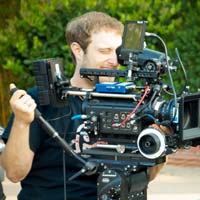
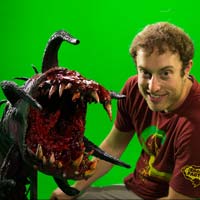
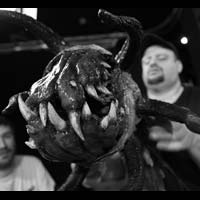
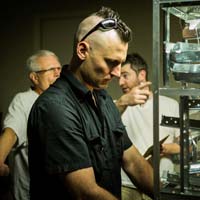
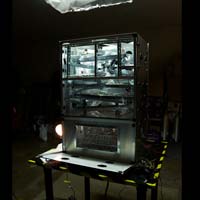

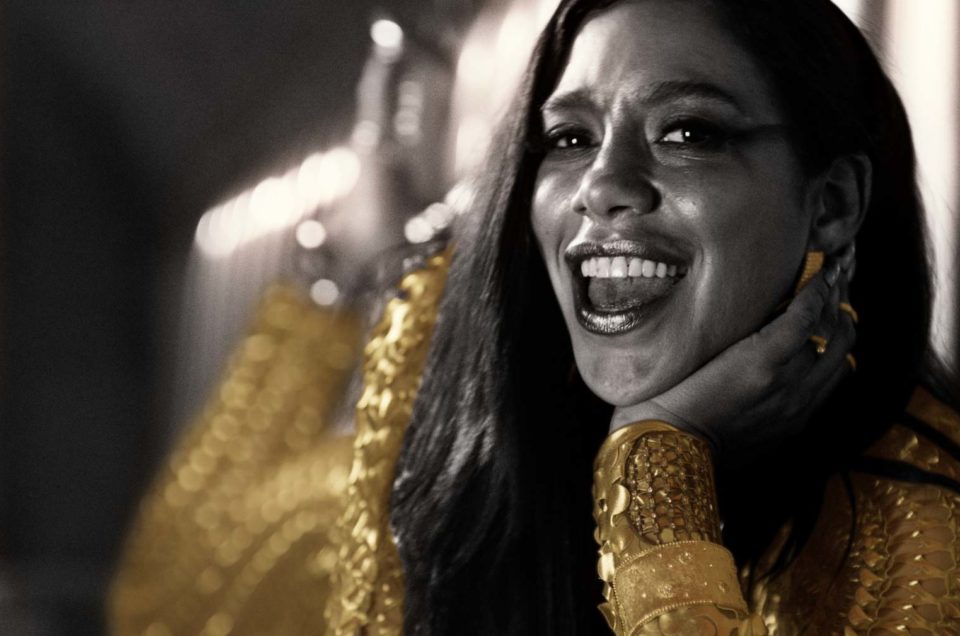

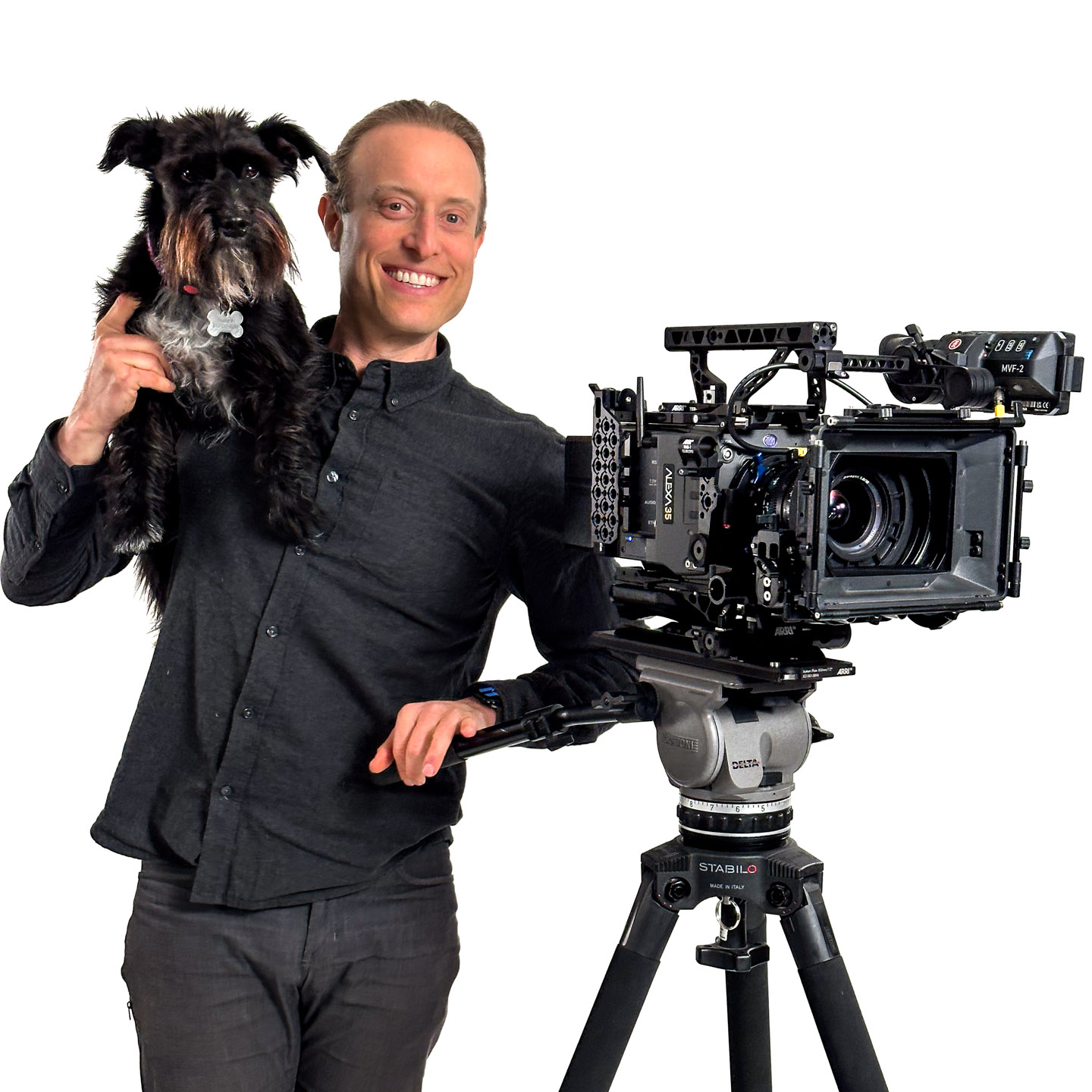
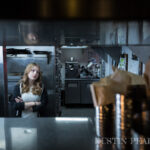
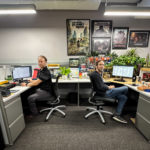
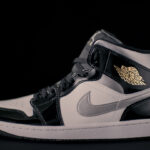
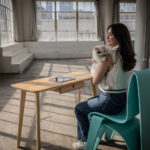
Leave a reply